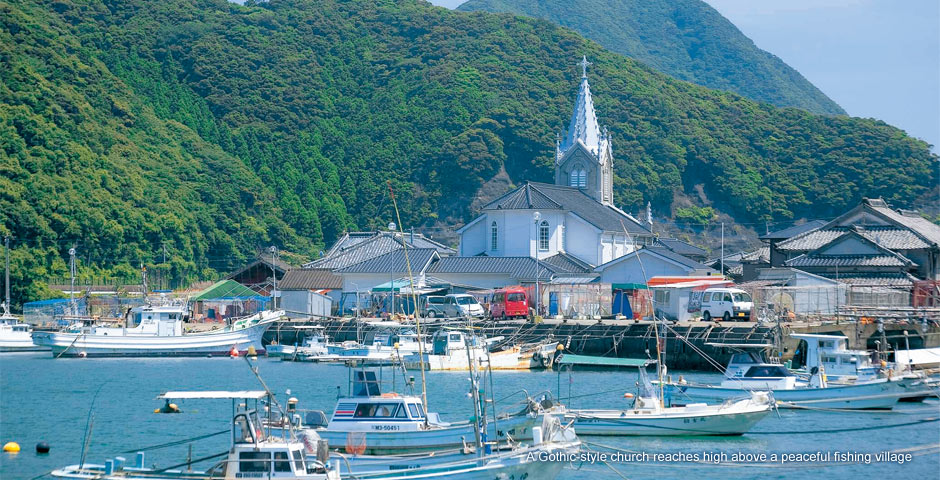

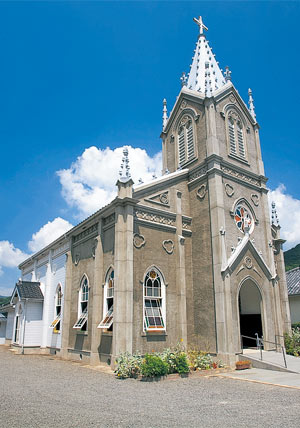
Sakitsu Catholic Church
Standing tall in a peaceful fishing village is the Gothic-style Sakitsu Catholic Church. The present church was restored in 1934 during the ministry of Fr. Halbout, a French missionary. The scenery around the church was selected for "100 Shores of Japan" and "100 Evocative Scenes of Japan".
- 539 Sakitsu, Kawaura-machi, Amakusa
- Office hours: 9:00~17:00
(Mondays closed) - Tel: 0969-22-2243
(Amakusa Treasure Island Tourism Association) - Admission: free
* Mass is held on Sunday mornings, please refrain from sightseeing at this time.
* A church is place of prayer. Please keep a respectful manner in the church.
* Use address based GPS navigation for the church.
Marine Road of Amakusa:
A Flourishing Culture from the West
Western Christianity Arrives from Overseas
Amakusa's western-most location in Japan and an excellent harbor led to early encounters with many cultures from over the seas throughout its long history.
Especially noteworthy is Christianity. Introduced to Japan in the mid-16th century by Portuguese and Spanish missionaries, Christianity took root in this region when Luis de Almeida was befriended by a local lord, Konishi Yukinaga. A Catholic seminary, the Amakusa Collegio, was founded here for the training of missionaries, and European knowledge, as well as religion, was taught.
On its return from Rome, the Tensho Embassy brought with it a Gutenberg Press. With the press the Collegio published works which came to be known as "Amakusa books"
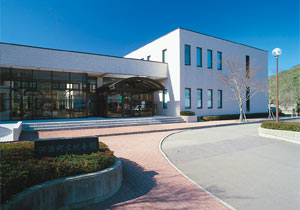
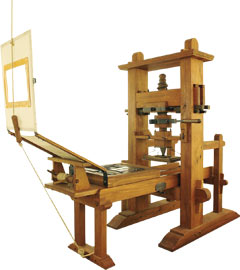
Municipal Amakusa Collegio Reference Hall
Reference information and historical materials explain how European culture was brought to this land in the 16th century through the activities of the Amakusa Collegio and the publishing of Amakusa Books. Displayed are the first books printed by letterpress in Japan, and a replica of the Gutenberg Press is on view in the hall. Also on display are a model of a 16th century European ship that sailed to Japan, and old Western musical instruments. A video show tells the journey of the Tensho Embassy, a group of Catholic boys sent to meet the Pope in 1582.
- 175-13 Kawaura-machi, Shirakikawachi Amakusa
- Open: 9:30 ~18:00 (Enter by 17:30),
Closed: Mondays (or the following weekday after a Monday national holiday)
and Dec.29th~ Jan. 3rd - Tel: 0969-76-0388
- Admission: Adult¥200, High-School¥150, Younger student¥100
Group discount: 20 or more
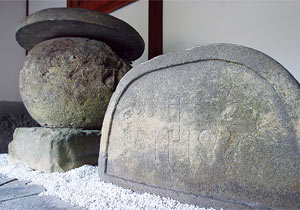
Site of Nanban-ji Temple (Shokaku-ji Temple)
Nanban-ji (literally, Temple of the Southern Barbarians) was built in 1589 by Lord Kotsu'ura Tanenao of Kotsu'ura Castle. At its peak, the temple had more than 3,500 adherents. The temple was destroyed during the anti-Christian suppressions and a Buddhist temple Shokaku-ji was built on the exact site for the propagation of Buddhism following the Amakusa- Shimabara Rebellion. In 1975 during remodeling work on the main building, Christian gravestones were found under the building floor.
- 3550 Kotsu'ura, Ariake-machi, Amakusa City
- Tel: 0969-53-1111 (Ariake Branch of Amakusa City Office)
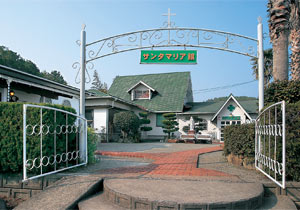
Santa Maria House
Reference materials and relics relating to the Hidden Christians are displayed in this house. Most of the items, collected by the director, were found in this area. Included are 50 of the famous Maria/Bodhisattva statues ? items of devotion among the Hidden Christians of this area.
- 578 Oura, Ariake-machi, Amakusa City
- Open: 9:00~17:00 year round (closes at 16:00 Dec.~March)
- Tel: 0969-54-0501
- Admission:
Adult: ¥300, High-School &Junior High School: ¥200 Elementary School: ¥100
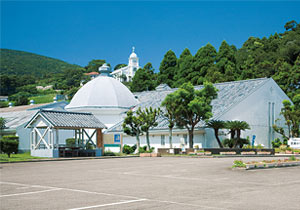
Amakusa Municipal Rosary Museum
Displayed here are items introducing the religion, culture, and way of life of Amakusa Christians. Reproduction of a room used by Hidden Chrisuians, with a ceramic vessel into which prayers were chanted to muffle the sound during worship.
- 1749 Oe, Amakusa-machi, Amakusa City
- Open: 8:30~17:00, Closed: Wednesdays
(or the weekday after a Wednesday national holiday), Dec.30th~Jan.1st - Tel: 0969-42-5259
- Admission: Adult¥300, High-School¥200, Younger Students¥150




